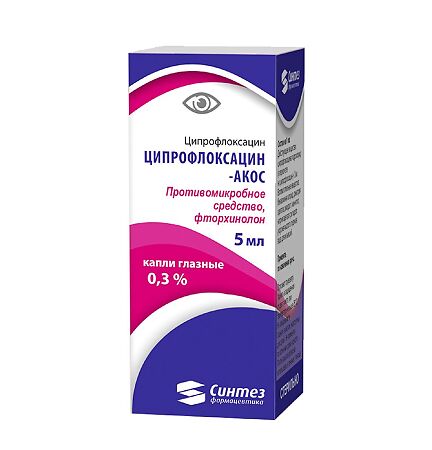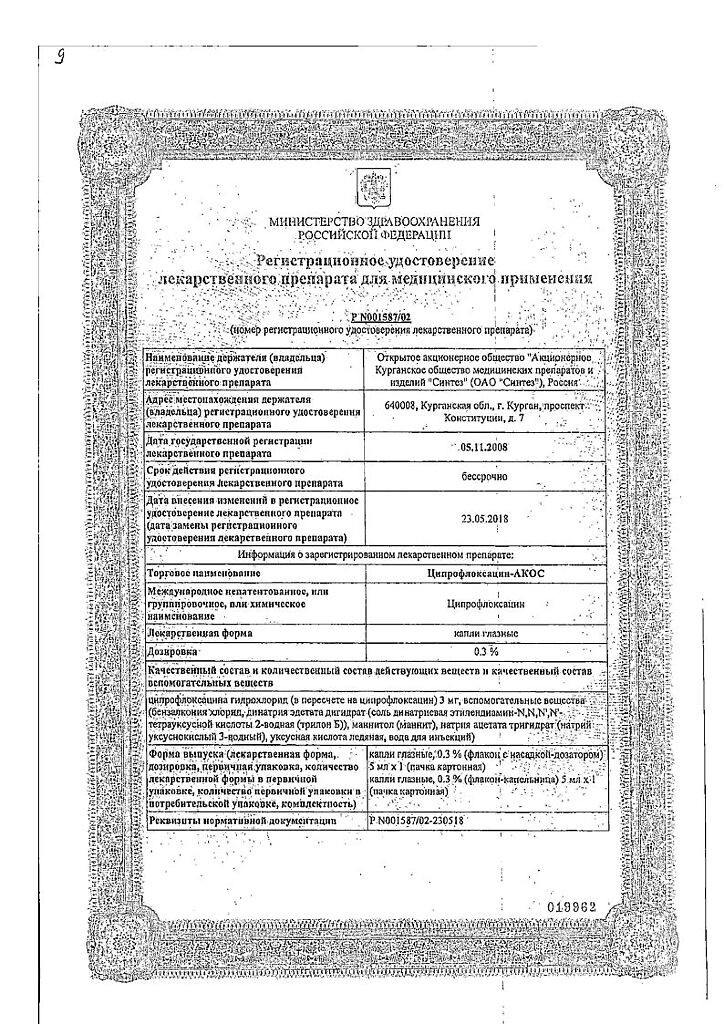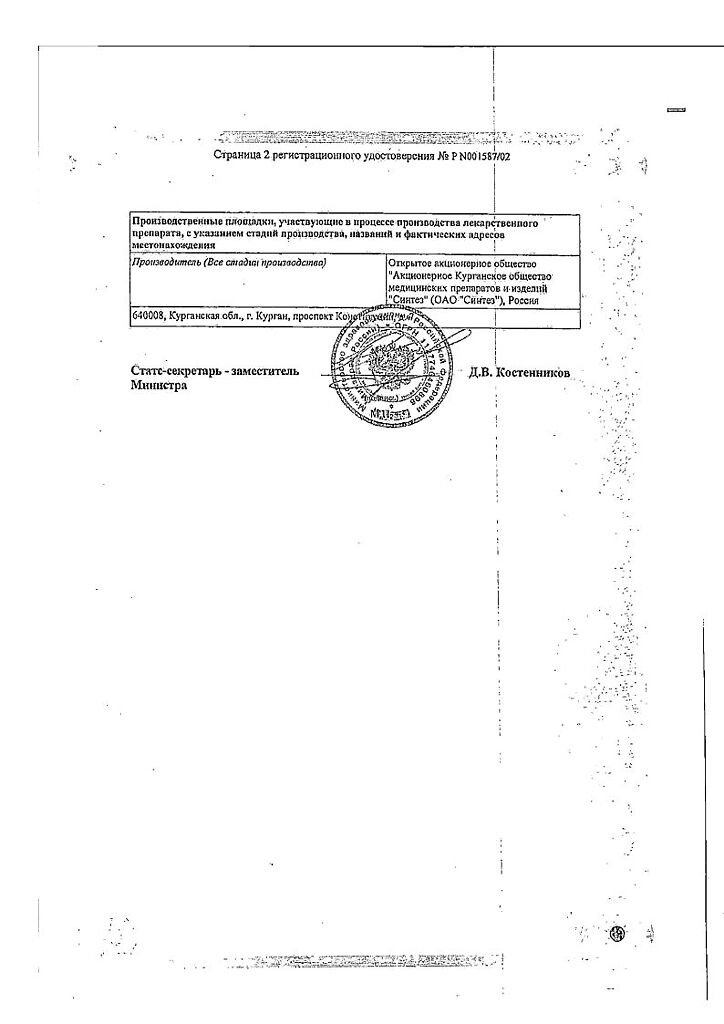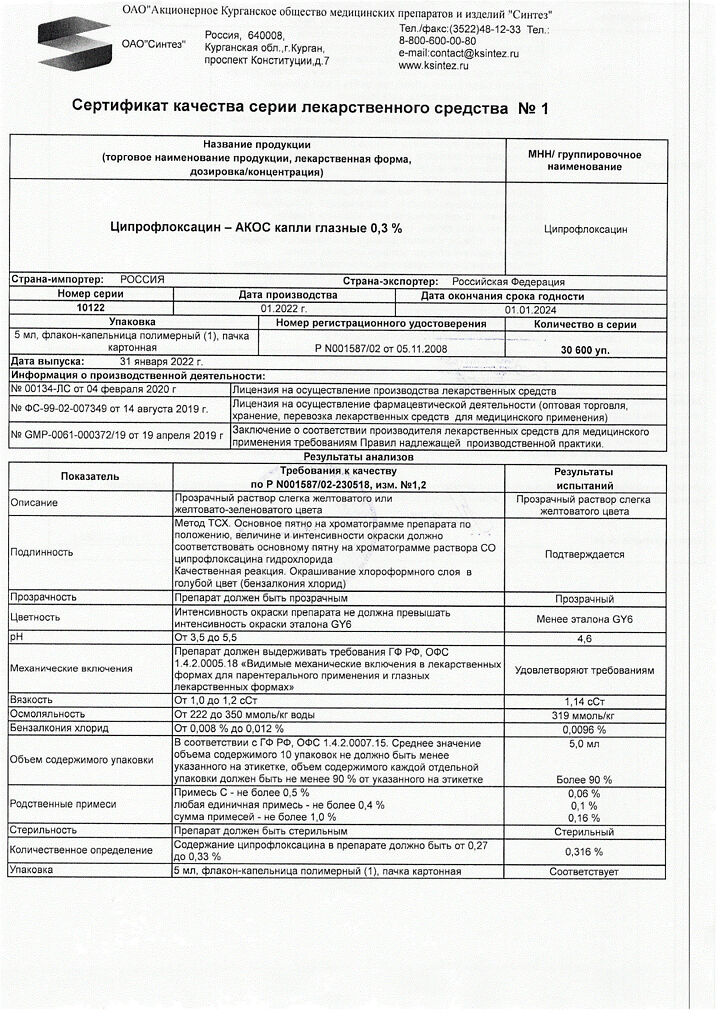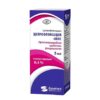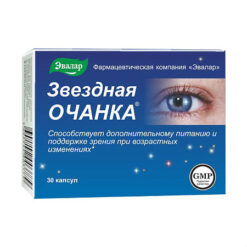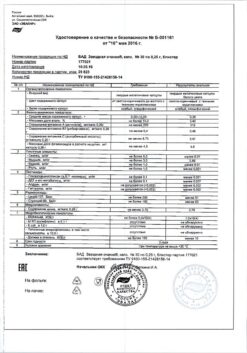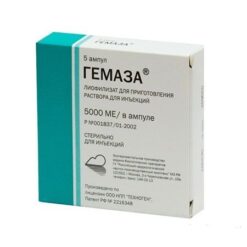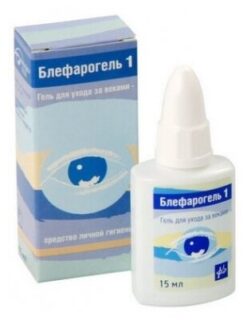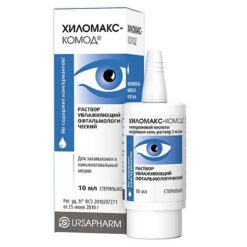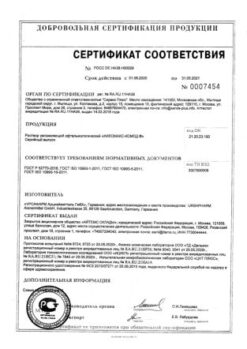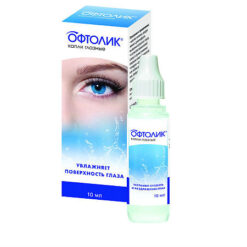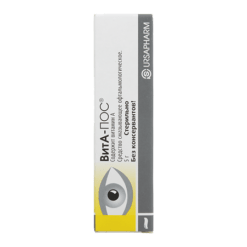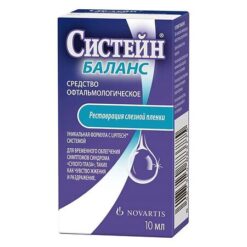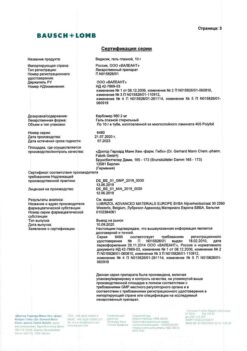No products in the cart.
Ciprofloxacin-ACOS, eye drops 0.3% 5 ml
€1.00
Out of stock
(E-mail when Stock is available)
Description
Ciprofloxacin is a broad-spectrum antimicrobial drug from the group of fluoroquinolones. It inhibits bacterial enzyme DNA-gyrase, as a result DNA replication and synthesis of bacterial cell proteins are disrupted. It acts both on multiplying microorganisms and on those in a resting phase.
Pharmacodynamics
Active against Gram-negative aerobic bacteria: Enterobacteriaceae (Escherichia coli, Salmonella spp., Shigella spp., Citrobacter spp., Klebsiella spp, Enterobacter spp., Proteus mirabilis, Proteus vulgaris, Serratia marcescens, Hafnia alvei, Edwardsiella tarda, Providencia spp., Morganella morganii, Vibrio spp., Yersinia spp.), other Gram-negative bacteria (Haemophilus spp., Pseudomonas aeruginosa, Moraxella catarrhalis, Aeromonas spp, Pasteurella multocida, Plesiomonas shigelloides, Campylobacter jejuni, Neisseria spp.); some intracellular pathogens (Legionella pneumophila, Brucella spp, Chlamydia trachomatis, Listeria monocytogenes, Mycobacterium tuberculosis, Mycobacterium kansasii, Mycobacterium avium intracellulare); Gram-positive aerobic bacteria: Staphylococcus spp. (Staphylococcus aureus, Staphylococcus haemolyticus, Staphylococcus saprophyticus, Staphylococcus hominis), to a lesser extent – Streptococcus spp. (Streptococcus pyogenes, Streptococcus agalactiae). Most methicillin-resistant staphylococci are resistant to ciprofloxacin.
The sensitivity of the bacteria Streptococcus pneumoniae, Enterococcus faecalis is moderate.
The following bacteria are resistant to the drug: Corynebacterium spp., Bacteroides fragilis, Pseudomonas cepacia, Pseudomonas maltophilia, Clostridium difficile, Nocardia asteroides, Ureaplasma urealyticum. The action of the drug against Treponema pallidum has not been studied sufficiently.
Pharmacokinetics
The reported Cmax in blood plasma when using eye drops is less than 5 ng/ml. The average concentration is less than 2.5 ng/mL.
Indications
Indications
Infectious and inflammatory eye diseases:
acute and subacute conjunctivitis,
blepharitis,
blepharoconjunctivitis,
keratitis,
keratoconjunctivitis,
bacterial corneal ulcer,
chronic dacryocystitis,
meibomite,
infectious eye lesions after injury or foreign body entry.
Pre- and postoperative prevention of infectious complications in ophthalmic surgery.
Pharmacological effect
Pharmacological effect
Ciprofloxacin is a broad-spectrum antimicrobial drug from the group of fluoroquinolones. Inhibits the enzyme DNA gyrase of bacteria, as a result of which DNA replication and the synthesis of cellular proteins of bacteria are disrupted. It acts on both reproducing microorganisms and those in the resting phase.
Pharmacodynamics
Active against gram-negative aerobic bacteria: enterobacteria (Escherichia coli, Salmonella spp., Shigella spp., Citrobacter spp., Klebsiella spp., Enterobacter spp., Proteus mirabilis, Proteus vulgaris, Serratia marcescens, Hafnia alvei, Edwardsiella tarda, Providencia spp., Morganella morganii, Vibrio spp., Yersinia spp.), other gram-negative bacteria (Haemophilus spp., Pseudomonas aeruginosa, Moraxella catarrhalis, Aeromonas spp., Pasteurella multocida, Plesiomonas shigelloides, Campylobacter jejuni, Neisseria spp.); some intracellular pathogens (Legionella pneumophila, Brucella spp., Chlamydia trachomatis, Listeria monocytogenes, Mycobacterium tuberculosis, Mycobacterium kansasii, Mycobacterium avium intracellulare); gram-positive aerobic bacteria: Staphylococcus spp. (Staphylococcus aureus, Staphylococcus haemolyticus, Staphylococcus saprophyticus, Staphylococcus hominis), to a lesser extent – Streptococcus spp. (Streptococcus pyogenes, Streptococcus agalactiae). Most staphylococci resistant to methicillin are resistant to ciprofloxacin.
The sensitivity of bacteria Streptococcus pneumoniae, Enterococcus faecalis is moderate.
The following are resistant to the drug: Corynebacterium spp., Bacteroides fragilis, Pseudomonas cepacia, Pseudomonas maltophilia, Clostridium difficile, Nocardia asteroides, Ureaplasma urealyticum. The effect of the drug against Treponema pallidum has not been sufficiently studied.
Pharmacokinetics
The registered Cmax in blood plasma when using eye drops is less than 5 ng/ml. The average concentration is below 2.5 ng/ml.
Special instructions
Special instructions
Eye drops are used only topically. Do not inject subconjunctivally or directly into the anterior chamber of the eye.
When instilling the drug, do not touch the tip of the pipette to the eye. The bottle must be closed after each use.
If conjunctival hyperemia continues or increases during long-term use, you should stop using the drug.
During the treatment period, wearing soft contact lenses is not recommended. Before using hard lenses, they should be removed and put back on no earlier than 15–20 minutes after instillation of the drug.
Patients taking the drug should be careful when driving a car and engaging in other potentially hazardous activities that require increased attention and speed of psychomotor reactions.
Active ingredient
Active ingredient
Ciprofloxacin
Composition
Composition
1 ml eye drops contains:
Active substance:
ciprofloxacin 3 mg,
Excipients:
ethylenediaminetetraacetic acid disodium salt;
mannitol;
sodium acetate anhydrous or 3-water;
glacial acetic acid;
benzalkonium chloride;
water for injections.
Pregnancy
Pregnancy
It can be used during pregnancy and breastfeeding if the expected effect of therapy outweighs the potential risk to the fetus or child.
Use in children
The drug is contraindicated in children under 1 year of age.
Contraindications
Contraindications
hypersensitivity to the components of the drug (including other fluoroquinolones),
viral keratitis,
children’s age up to 1 year.
The drug should be prescribed with caution to patients with cerebral atherosclerosis, cerebrovascular accident, and convulsive syndrome.
Side Effects
Side Effects
Allergic reactions, itching, burning, mild soreness and hyperemia of the conjunctiva, nausea, vomiting, rarely – swelling of the eyelids, photophobia, lacrimation, sensation of a foreign body in the eye, unpleasant taste in the mouth immediately after instillation, decreased visual acuity, the appearance of a white crystalline precipitate in patients with a corneal ulcer, keratitis, keratopathy, the appearance of spots or corneal infiltration.
Interaction
Interaction
Interaction with other drugs has not been described.
Overdose
Overdose
There are no data on overdose.
Storage conditions
Storage conditions
In a place protected from light, at a temperature of 15–25 °C (do not freeze)
Shelf life
Shelf life
2 years
Manufacturer
Manufacturer
Sintez, Russia
Additional information
| Shelf life | 2 years |
|---|---|
| Conditions of storage | In the dark place at 15-25 °C (do not freeze) |
| Manufacturer | Sintez OAO, Russia |
| Medication form | eye drops |
| Brand | Sintez OAO |
Related products
Buy Ciprofloxacin-ACOS, eye drops 0.3% 5 ml with delivery to USA, UK, Europe and over 120 other countries.

